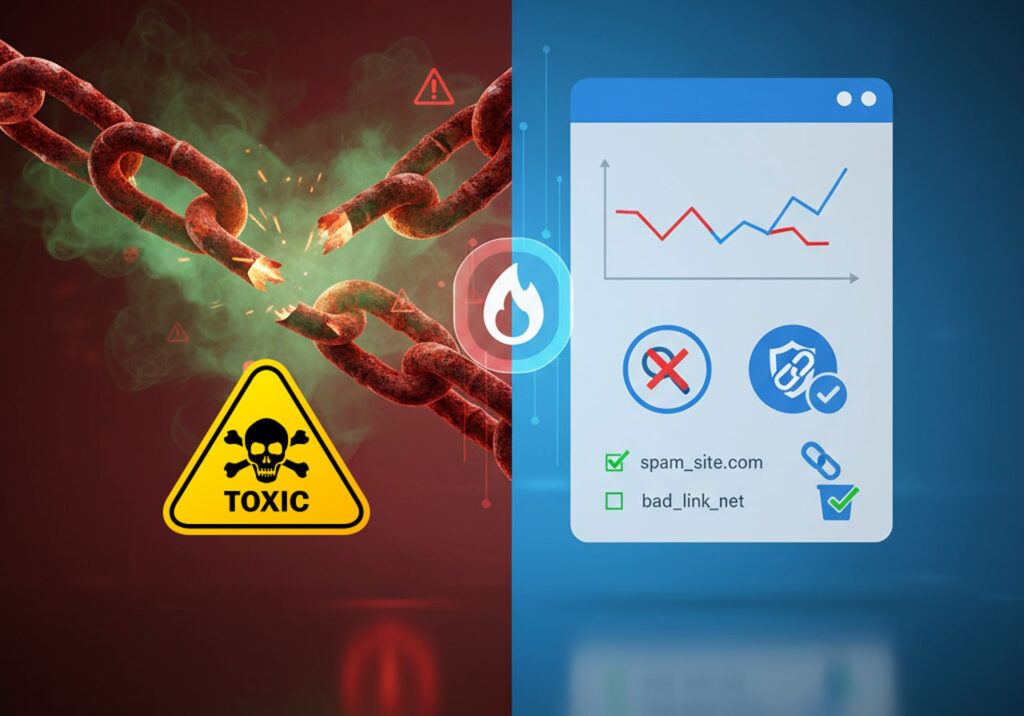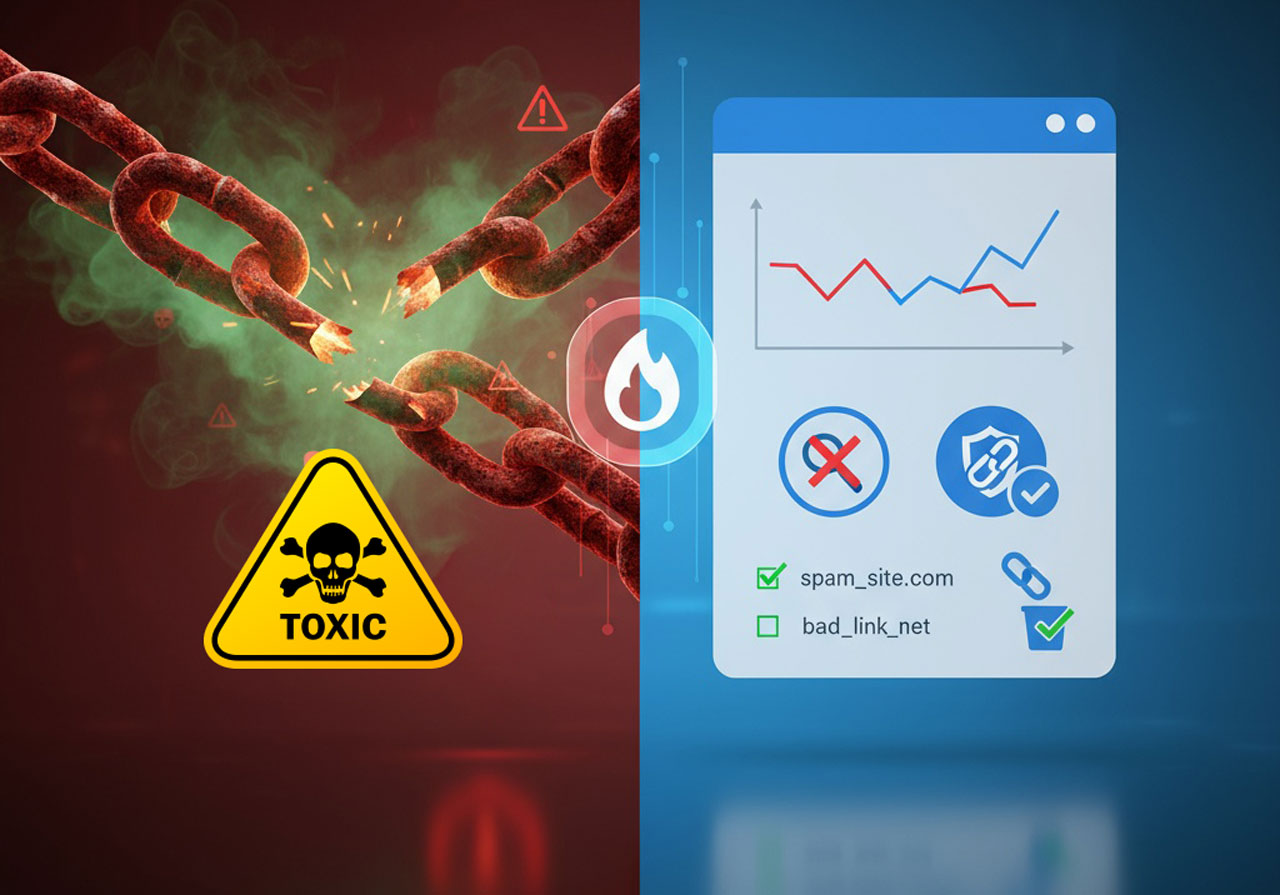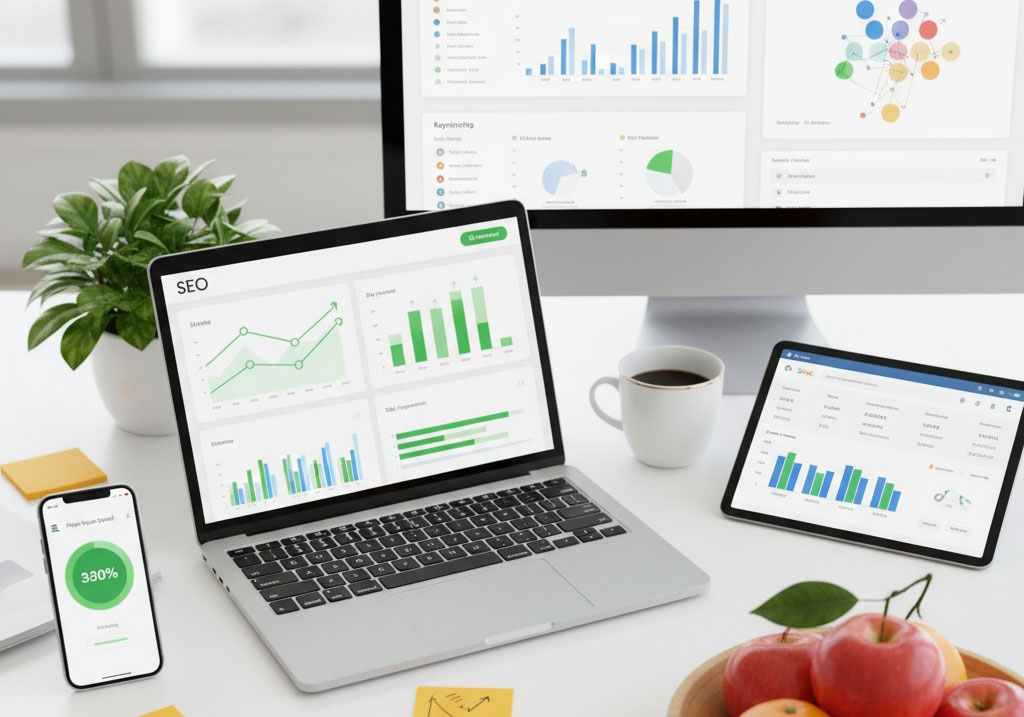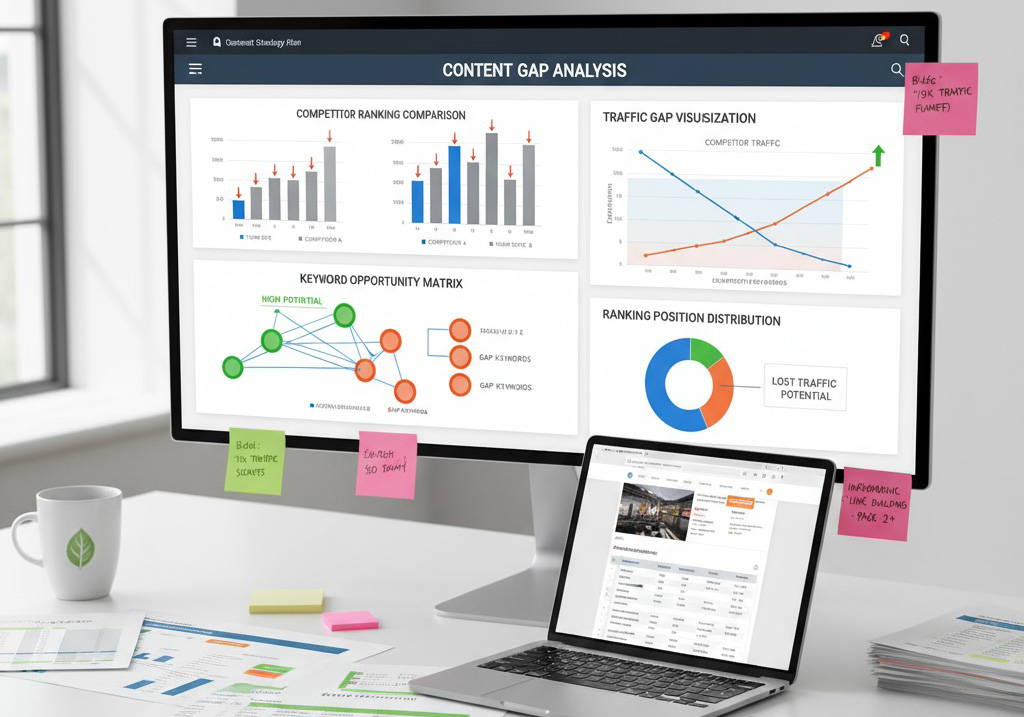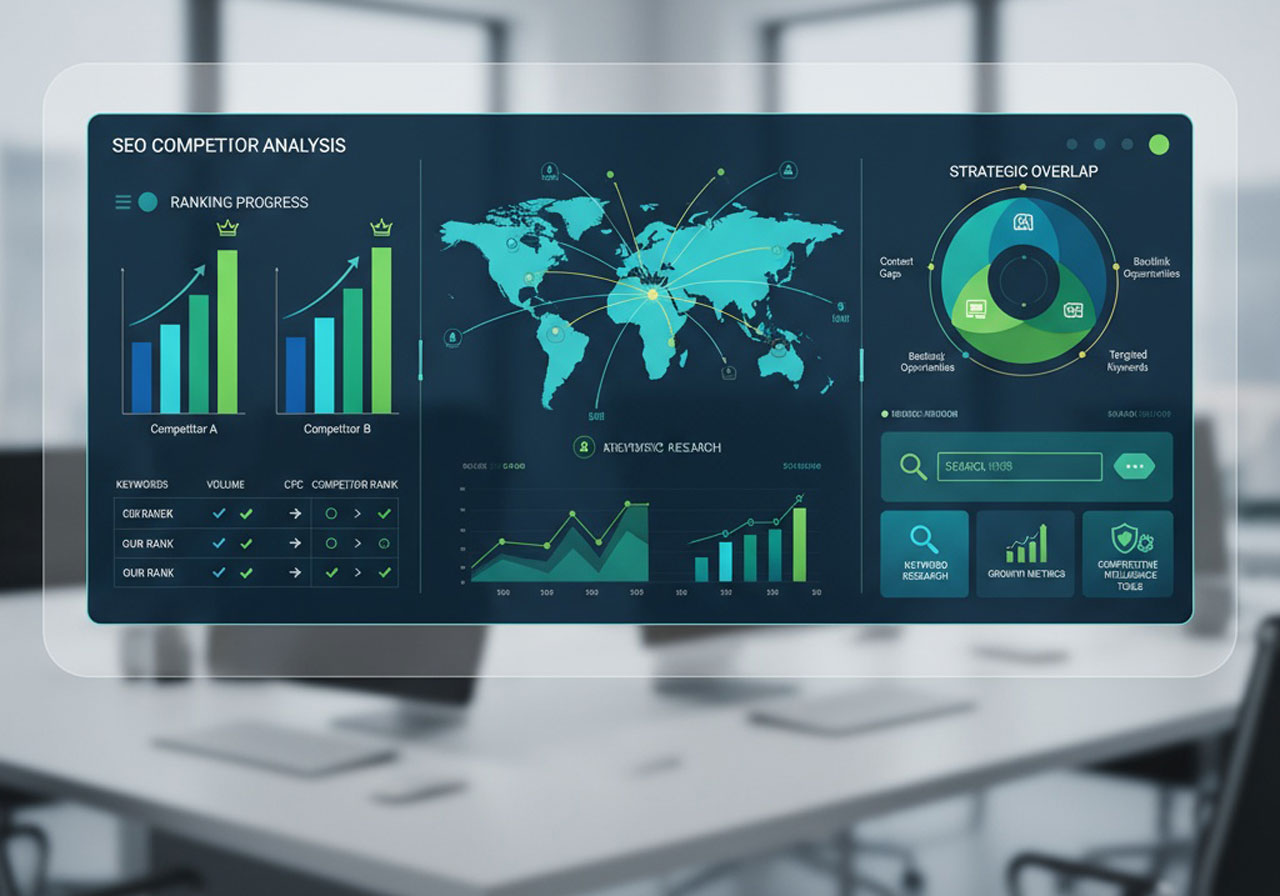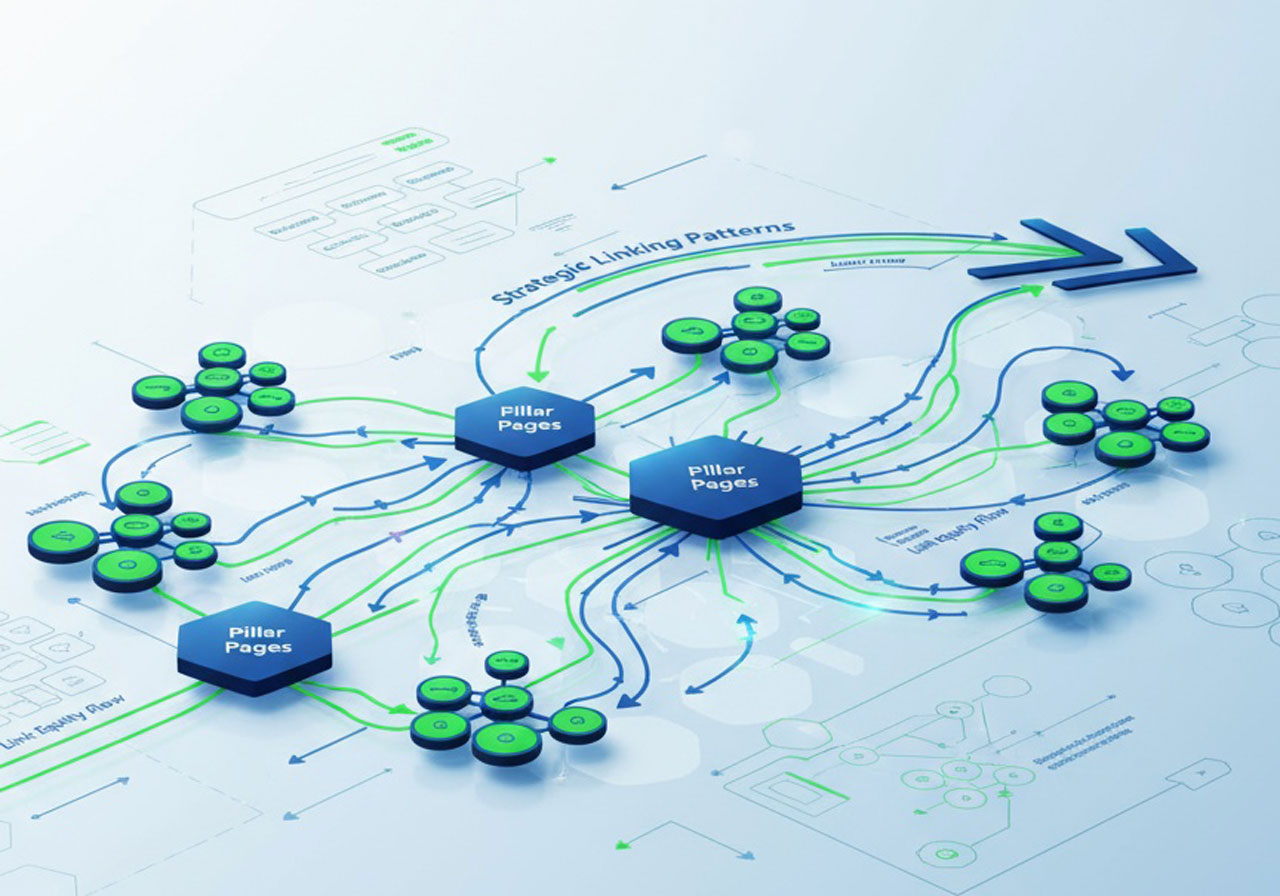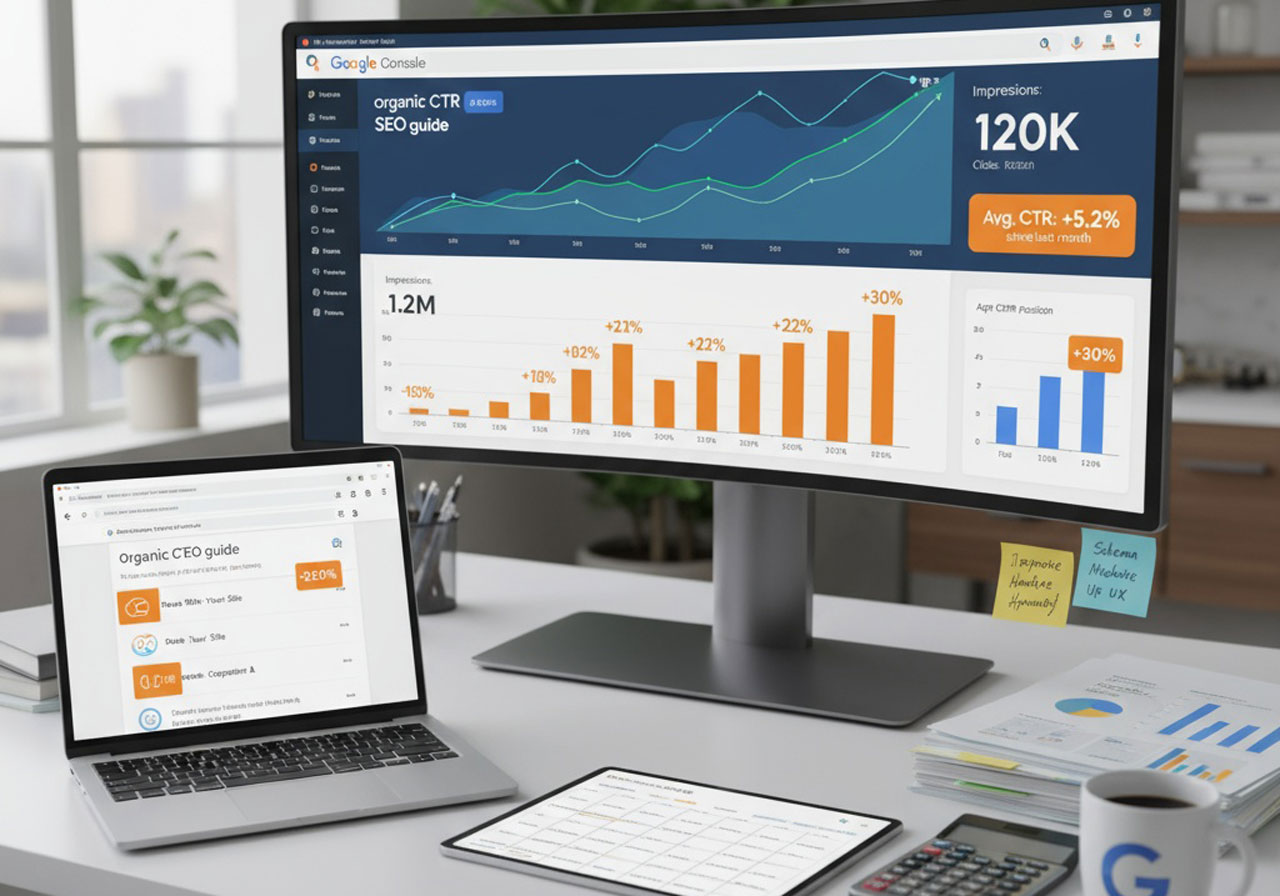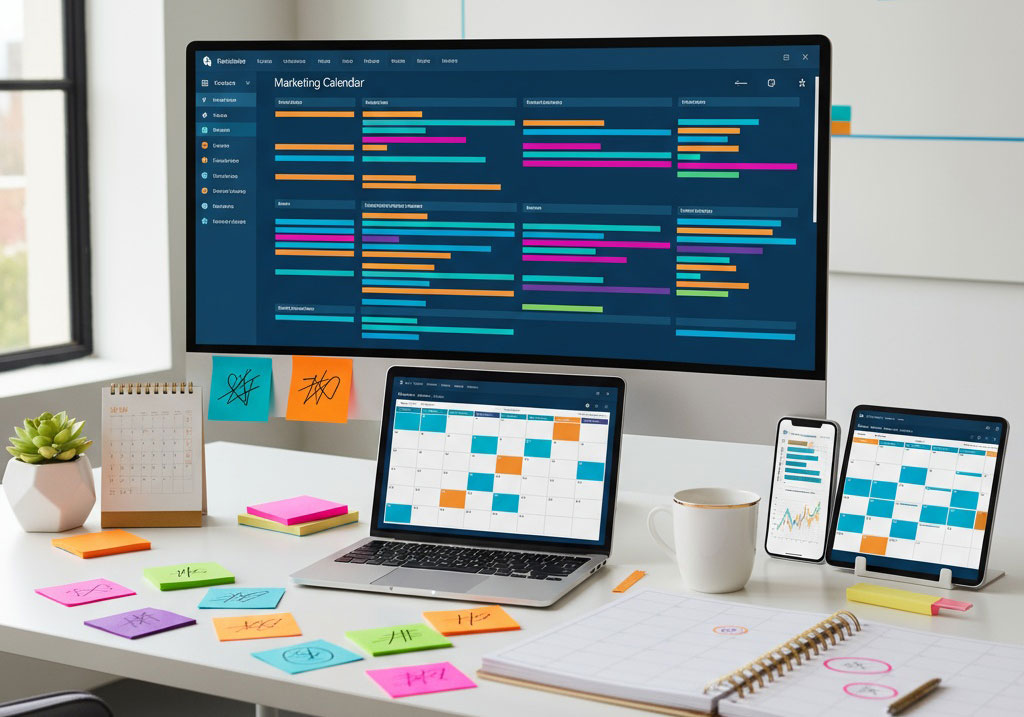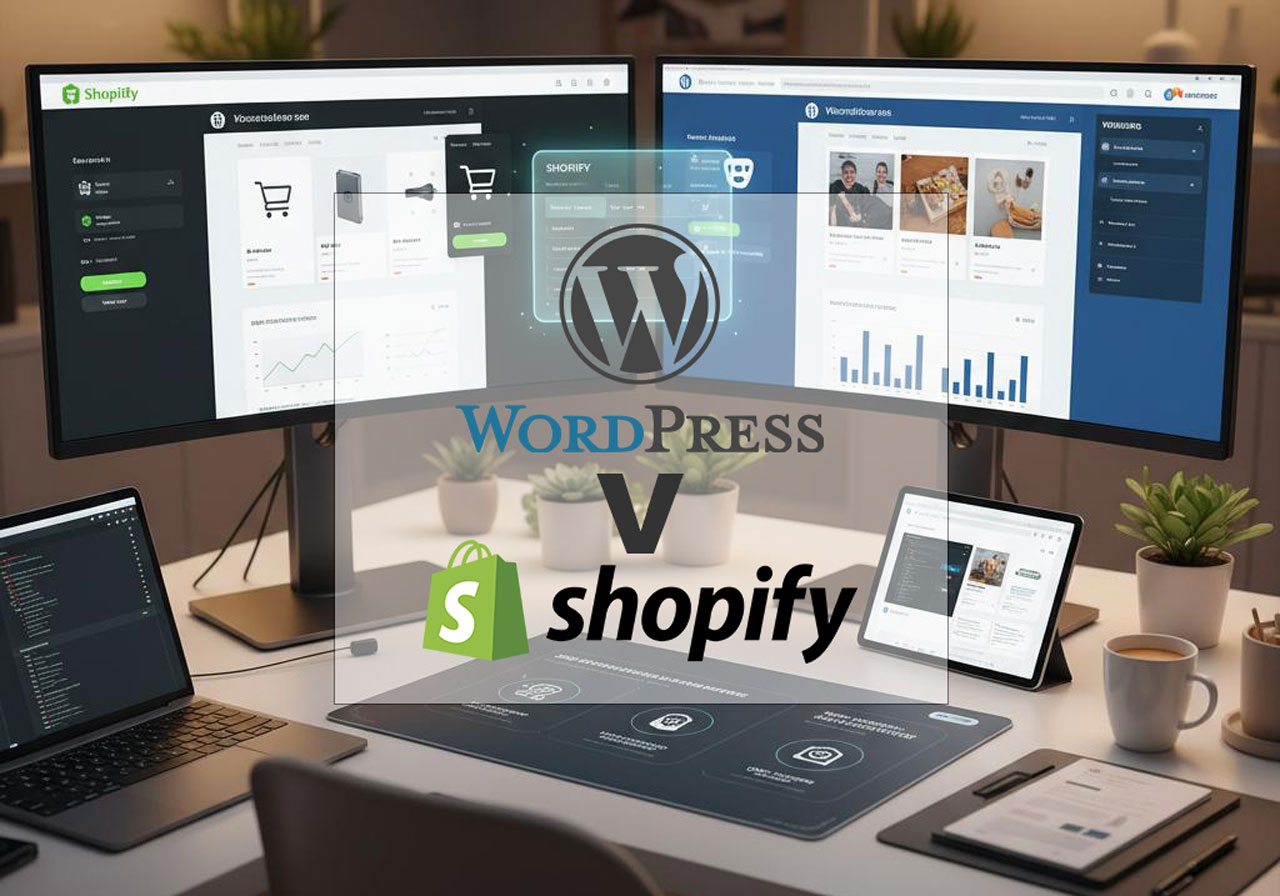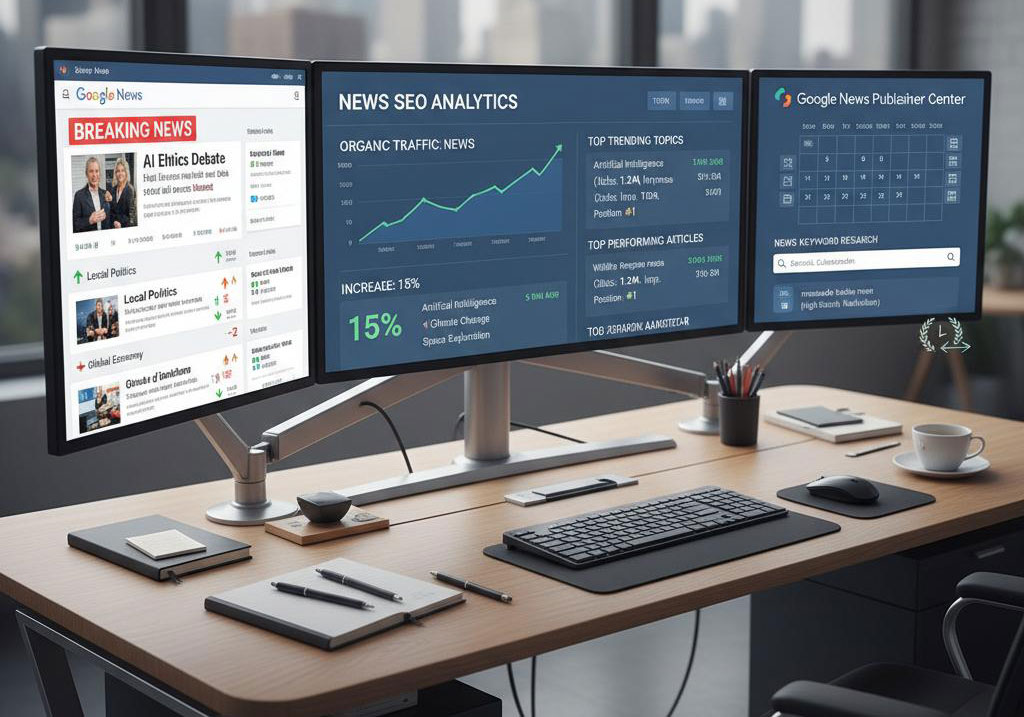Toxic backlinks are low-quality, harmful incoming links that can severely damage your website’s search engine rankings and overall SEO performance. These bad backlinks violate Google’s guidelines and can trigger manual penalties, causing your site to lose visibility or be completely removed from search results.
Understanding how to identify and remove toxic links is crucial for maintaining a healthy backlink profile and protecting your website’s organic search performance.
What Are Toxic Backlinks?
Toxic backlinks (also called bad backlinks or spammy links) are incoming links from low-quality websites that can negatively impact your site’s search engine rankings. These links often come from sites with poor domain authority, irrelevant content, or manipulative SEO practices.
Google’s algorithms are designed to identify and devalue these harmful links automatically. However, a large volume of toxic backlinks can still trigger a manual penalty, which requires immediate action to restore your site’s search visibility.
- Manual penalties can suppress your rankings or remove your site entirely from search results
- Google’s spam policies specifically target link spam and manipulative link building practices
- Recovery from penalties requires identifying, removing, or disavowing harmful links
9 Common Sources of Toxic Backlinks
Understanding the primary sources of harmful backlinks helps you avoid future penalties and maintain a clean link profile.
1. Paid Links and Link Schemes
Purchasing links or exchanging money, goods, or services for follow links that pass SEO value violates Google’s guidelines. Any paid links must include proper nofollow attributes to avoid penalties.
- Use rel=”nofollow” or rel=”sponsored” attributes for paid placements
- Digital advertisements and sponsored content must be properly marked
- Influencer partnerships and product exchanges require nofollow links
2. Link Exchanges and Reciprocal Linking
Link exchanges occur when two websites agree to link to each other solely for SEO benefits. While natural reciprocal linking is common, systematic link exchanges can trigger Google penalties.
- Excessive reciprocal links raise algorithmic red flags
- Natural linking patterns should vary and appear organic
- Remove obvious link exchange partnerships that serve only SEO purposes
3. Private Blog Networks (PBNs)
Private blog networks are groups of websites owned by the same entity specifically to provide backlinks to target sites. Google can easily identify these networks, making PBN links extremely risky.
- PBN links are considered highly toxic backlinks
- Google’s algorithms have become sophisticated at detecting network patterns
- Immediate removal of PBN links is typically recommended
4. Automated Link Building and Bot-Generated Links
Link building bots automatically place links across user-generated content areas like blog comments, forums, and directories. These automated links are typically low-quality and can harm your site’s reputation.
- Bot-generated links often appear in irrelevant contexts
- Mass automated linking triggers spam detection systems
- Avoid services promising rapid, large-scale link building
5. Low-Quality Directory Submissions
Listing your business in low-quality directories with minimal editorial standards can generate toxic backlinks. These directories often have poor user experiences and accept any submissions.
- Focus on legitimate, industry-specific directories
- Avoid directories that charge fees primarily for link placement
- Research directory quality before submitting your site
For legitimate local directory opportunities, consider using tools like Google My Business and established industry directories.
6. Unnatural Social Media and Forum Links
Adding unnatural links to your own site when posting on forums, social media platforms, or comment sections constitutes link spam and reflects poorly on your brand.
- User-generated content links should use rel=”ugc” attributes
- Focus on providing value rather than link placement
- Natural mentions and citations are more valuable than forced links
7. Widget and Embed Links
If you create embeddable widgets that link back to your site, these links should be marked as nofollow since users don’t control the link placement or anchor text.
8. Contractual Link Requirements
Requiring backlinks through contracts, terms of service, or business agreements without allowing nofollow options violates Google’s spam policies.
9. Negative SEO Attacks
Negative SEO involves competitors building spammy links to your domain hoping to trigger penalties. While Google’s John Mueller suggests these attacks rarely succeed, monitoring for unusual link activity remains important.
How to Find Toxic Backlinks
Regular backlink audits help identify potentially harmful links before they impact your rankings. Use these methods to discover bad backlinks in your link profile.
Check for Manual Actions
First, verify if Google has issued any manual penalties against your site through Google Search Console.
- Navigate to Security & Manual Actions > Manual actions
- Look for unnatural link penalties or warnings
- Even without penalties, proactive link auditing is recommended
Toxic Backlink Checker Tools
Professional backlink audit tools can efficiently identify potentially harmful links using multiple quality signals and spam indicators.
Key features to look for in audit tools:
- Toxicity scores based on multiple spam indicators
- Domain authority and trust metrics
- Anchor text analysis for over-optimization
- Link context and relevance evaluation
Manual Backlink Analysis
For smaller sites or budget constraints, manual analysis remains viable using free tools like Google Search Console.
- Export your complete backlink list from Search Console
- Analyze referring domains for quality and relevance
- Focus on high-volume linking domains and recent additions
- Evaluate anchor text patterns for unnatural optimization
Toxic Backlink Removal Strategies
Once you’ve identified harmful backlinks, you have two primary removal options: direct outreach or disavowing through Google.
Link Removal Outreach
Contact website owners directly to request toxic link removal. This approach is often more effective than disavowing and shows good faith effort to clean your link profile.
Effective outreach practices:
- Locate accurate contact information for website owners
- Write concise, professional removal requests
- Explain the specific link location and removal reason
- Follow up politely if you don’t receive initial responses
- Document all outreach efforts for potential reconsideration requests
Google Disavow Tool
The Google Disavow Tool allows you to ask Google to ignore specific backlinks when evaluating your site. However, Google advises extreme caution with this approach.
When to consider disavowing:
- You have a manual action for unnatural links
- You previously purchased links that couldn’t be removed
- Outreach efforts have failed after reasonable attempts
Important: Google’s Gary Illyes has warned that disavowing often does more harm than good. Only disavow links as a last resort after exhausting removal options.
Domain vs URL-Level Disavowing
When disavowing, consider targeting entire domains rather than individual URLs to:
- Catch toxic links on duplicate or similar pages
- Prevent future toxic link creation from the same domain
- Simplify the disavow file management process
Backlink Profile Recovery and Prevention
Recovering from toxic backlink penalties requires patience and ongoing monitoring. Google may take weeks or months to process disavow files and manual action reconsideration requests.
Post-Penalty Recovery Steps
After removing or disavowing toxic links:
- Submit a reconsideration request in Google Search Console
- Provide detailed documentation of cleanup efforts
- Continue monitoring for new toxic links
- Focus on earning high-quality, relevant backlinks
Building a Healthy Link Profile
Prevention is always better than cleanup. Focus on earning natural, high-quality backlinks through:
- Creating valuable, link-worthy content
- Building relationships with industry publications
- Participating in legitimate industry communities
- Earning mentions through PR and thought leadership
- Guest posting on relevant, authoritative sites
For comprehensive link building strategies, consider resources like Moz’s Link Building Guide and Search Engine Land’s link building articles.
Backlink Monitoring and Maintenance
Regular backlink monitoring helps catch toxic links early and maintain a healthy link profile over time.
Ongoing Monitoring Practices
- Set up Google Search Console alerts for new backlinks
- Conduct quarterly backlink audits using professional tools
- Monitor competitor backlink activities for negative SEO attempts
- Track changes in your site’s overall link authority and trust metrics
Link Profile Quality Indicators
Healthy backlink profiles typically demonstrate:
- Diverse anchor text with natural variation
- Links from relevant, authoritative domains
- Gradual, consistent link acquisition over time
- Balanced mix of different link types and contexts
- Strong correlation between link quality and site authority
Conclusion
Managing toxic backlinks is essential for maintaining strong SEO performance and avoiding Google penalties. Regular auditing, proactive removal efforts, and focus on earning high-quality links will protect your site’s search visibility.
Remember that link cleanup is an ongoing process, not a one-time task. By understanding the sources of toxic links, implementing proper removal strategies, and maintaining vigilant monitoring, you can build and maintain a healthy backlink profile that supports long-term SEO success.
For websites dealing with significant toxic backlink issues, consider consulting with SEO professionals who specialize in penalty recovery and link profile cleanup.

